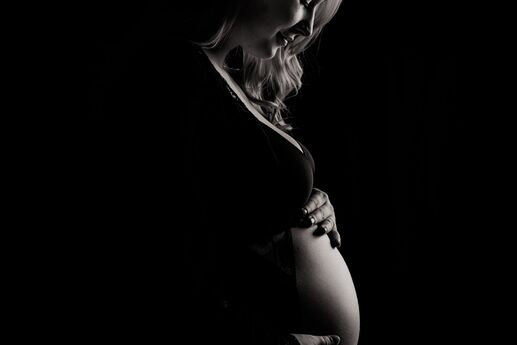Lessen Your Labor Pain
Unfortunately, no one, not even someone who's given birth before, can tell you exactly what to expect on the big day. That's because every expectant mom’s labor and delivery experience is different. Fortunately, there are basic things you can do beforehand to strengthen both your body and your resolve, and during labor to help keep you as comfortable as possible while waiting for your new baby’s big entrance. Try these nine strategies.
For Pregnancy
New mom tip #1: Learn about labor. Find out everything you can about labor from books, magazines, Web sites, videos, classes, and hospital tours. Familiarizing yourself with the procedures and customs at your hospital or birth center will mean fewer surprises.
New mom tip #2: Take childbirth classes. In these classes, you will learn different ways to deal with pain during labor such as walking, changing positions, taking showers or warm baths, and using breathing exercises, hypnosis, relaxation, and massage.
New mom tip #3: Express your fears. Are you worried about labor, needles, or medication? Speak with a knowledgeable childbirth educator or your doctor. Voicing your worries can bring relief as well as practical solutions to your concerns.
New mom tip #4: Keep up with your normal exercise routine. The more you move during pregnancy, the better prepared your body will be for labor, delivery, and recovery. Exercise helps reduce backaches, constipation, swelling, and other unpleasant side effects.
For Labor
New mom tip #5: Create a sense of calm. Make your environment in the hospital or birth center as soothing and familiar as possible. Play some soft music and put some framed pictures of your partner next to your bed. You may also want to bring a pillow from home (if the facility allows it).
New mom tip #6: Get a massage. Having someone rub your back will warm your skin and stimulate the body to release its own natural painkiller.
New mom tip #7: Use a warm compress. Applying warmth is a tried-and-tested way of relaxing aching, tense muscles. Have someone in the hospital room keep a compress handy to warm your back, tummy, or groin.
New mom tip #8: Practice deep breathing. Focusing on your breathing is a very helpful way to get through each contraction. Taking a deep breath at the beginning of each contraction and then slowly releasing it will conserve your energy and help ease the pain.
New mom tip #9: Change position. Try not to lie on your back once you’re in active labor unless you’re exhausted. Instead, walk around or stay in an upright position. As labor progresses, lying on your side can provide rest and may help slow a delivery that is happening too quickly.
These tips will certainly prepare you for your baby’s big debut, but if you feel you need more help managing the pain, speak up or have your partner convey your needs. And remember, this pain will be a distant memory once you have your beautiful new baby in your arms.





